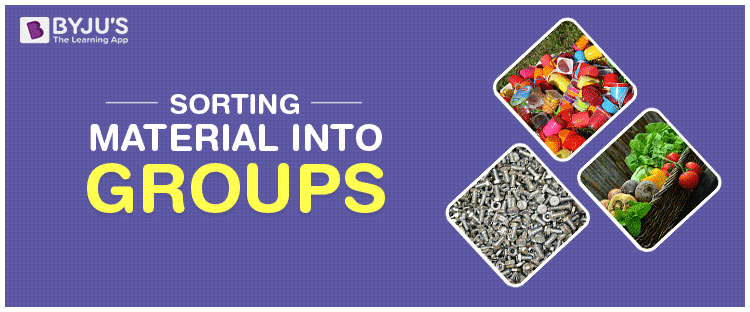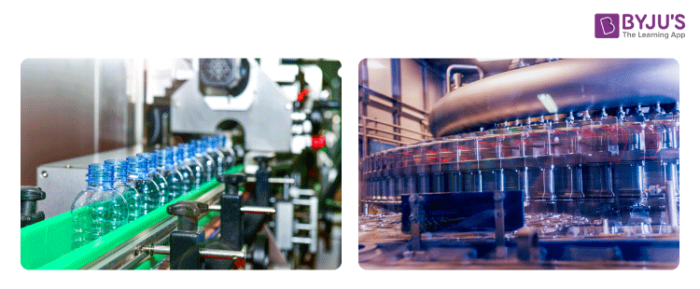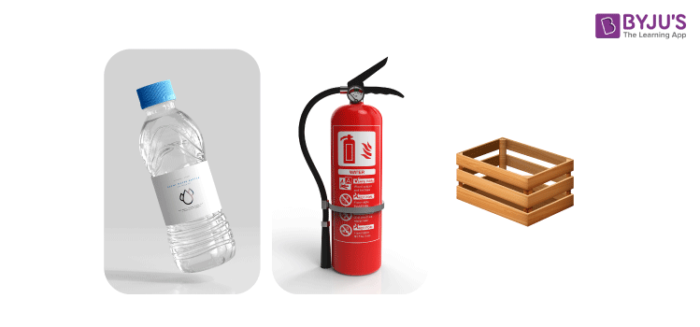We see a vast variety of objects around us. These objects are of different shapes, colours, textures, properties, and uses. For e.g. a plastic bottle is used to store water whereas a plastic ball is used for playing cricket; traffic lights when green gives the signal to the vehicles to move and when red, give the signal to stop. Diamond, when shaped as the nib of a pen, is used as a cutting tool for glass whereas when designed intricately it is sold as jewellery. We observe that the same substance with a different texture, shape, and size suffices for different purposes. In order to classify the material as per its usage, sorting material into groups is necessary. Grouping of objects together with similar properties is called sorting. The materials can be grouped on the basis of similarities or differences in their properties.

Advantages of Sorting Material
Disposal: For proper disposal of objects, it is important to sort them into groups of biodegradable and non-biodegradable substances. For degradable substances, dry waste and wet waste should also be separated to ensure a longer decay time during the transit period. For nondegradable substances, the objects should be sorted into recyclable and non-recyclable substances, to reduce wastage of material.

Storage: In order to allocate suitable containers for the storage of objects, it is necessary to sort objects into solid, liquids and gases. For example, vegetables can be carried in cloth bags, but milk and oil cannot. Liquids such as oil and milk can be stored in open-mouth containers such as a glass tumbler, but gases such as nitrogen and oxygen cannot be stored as such.

Manufacturing: The material of an object can be identified depending upon its property. For example, if we want to manufacture bottles to store liquids, we use materials such as glass, plastic or metal but cannot use cloth or leaves, as they will not retain the liquid. Similarly, while manufacturing cricket bats, we can use wood or plastic, but cannot use glass.
Usage: In order to make proper use of substances, we need to classify them on the basis of their physical and chemical properties. For e.g. lemon juice and tamarind can be used as souring agents while cooking, but sugar cannot be used for the same.
Frequently Asked Questions – FAQs
Why is it important to sort materials as biodegradable and non-biodegradable after use?
How do you classify non-biodegradable wastes during disposal?
For proper usage of materials, how do you classify them?
To learn more about the different basis of sorting materials, we suggest referring to NCERT solutions for sorting materials into groups. To get an extensive insight into the topic, click here – sorting materials into groups

Very helpful answers 👍.
very useful answers